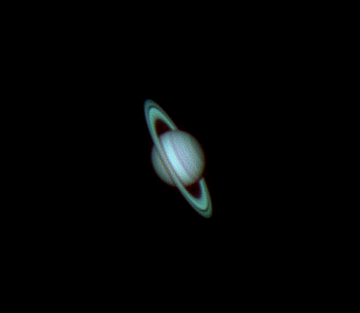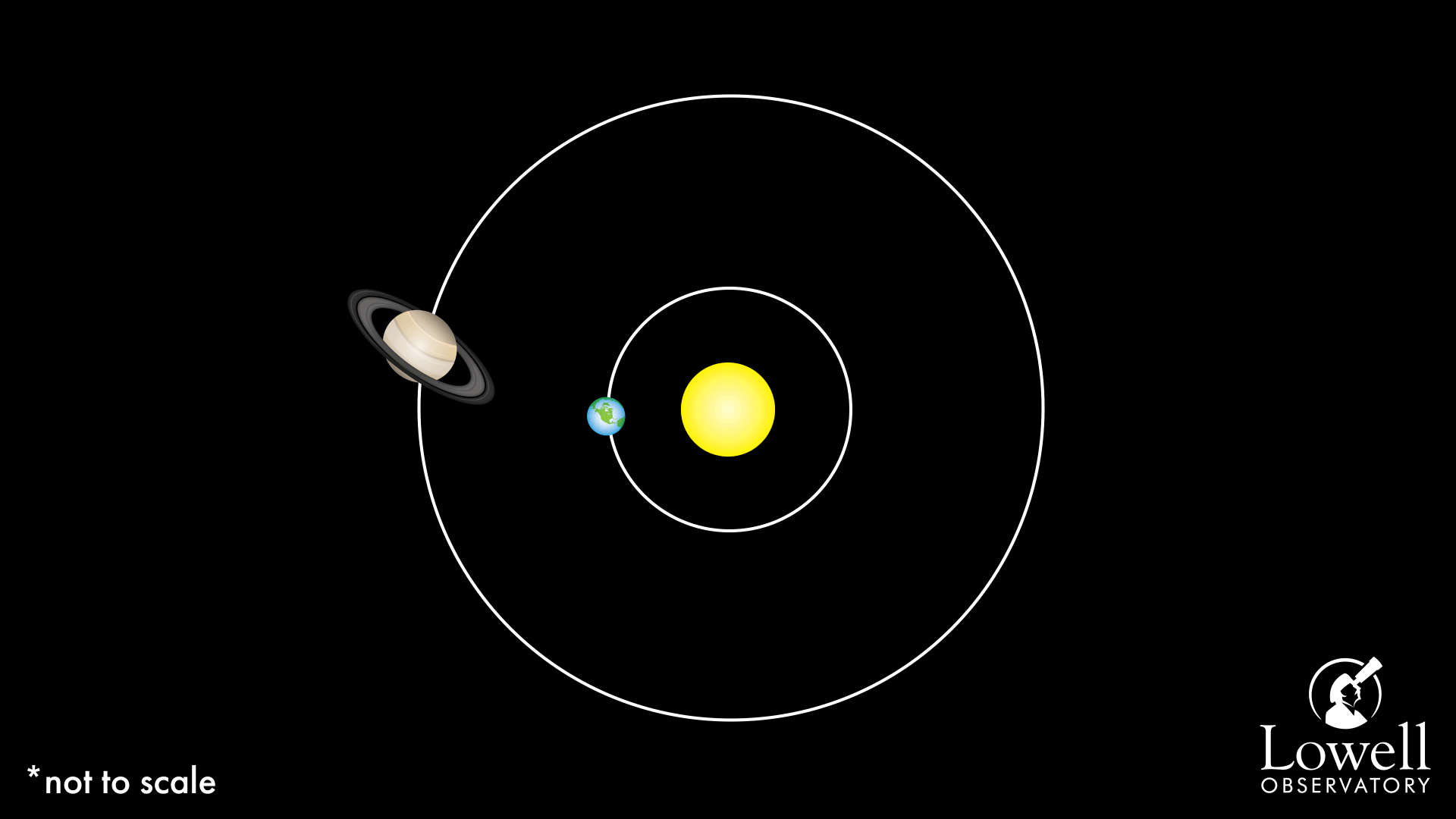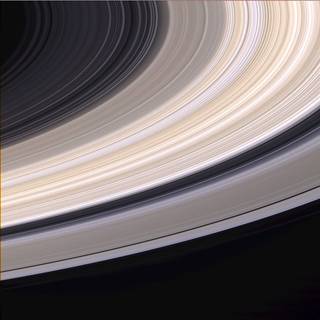
Saturn through Lowell Observatory's 24-inch Clark Telescope
FOR IMMEDIATE RELEASE
AUGUST 8, 2022
***Contact details appear below
Flagstaff, AZ. – Saturn will soon be at its biggest and brightest of the year, and Lowell Observatory is celebrating with nightly public telescope viewing. For the next several weeks, visitors will be able to gaze at this gas giant and see its dazzling system of rings, as well as some of its larger moons.
This Saturn viewing season centers around the planet’s August 14 opposition. The term opposition indicates when a planet is opposite the Sun from Earth, a time when the planet and Earth also generally make their closest approach to each other. Saturn is in opposition every 378 days, or about once a year.

To optimize viewing of Saturn, Lowell Observatory will point several of its stunning public telescopes at the bejeweled planet. From the historic 24-inch Clark Refractor to the array of high-tech instruments at the Giovale Open Deck Observatory (GODO), visitors will have the chance to explore Saturn up close. The observatory is currently open to the public every night except Tuesday and will offer nightly viewing of Saturn—weather permitting—for several weeks.
As a planetary astronomer who has studied Saturn and its family of rings and moons, Dr. Amanda Bosh is quite familiar with the awe and wonder of the Saturn system. Now serving as Lowell Observatory’s Chief Operating Officer, she still marvels at it: “Its beautiful rings with the dark gap, the subtle yet stunning colors that are improbably arranged in bands on the planet, the glimpse of Saturn’s largest moon Titan,” she says. “Seeing Saturn in detail is truly a joy.”
Bosh adds a touch of imagination when considering Saturn. She says, “The beauty of the planet can become even more meaningful when you imagine yourself as a space traveler visiting Saturn and dodging the house-sized boulders of the rings while being pelted by innumerable icy dust grains.”
More About Saturn
Saturn’s name derives from the Roman god of agriculture and is the namesake of Saturday. Like Jupiter, it is composed of about 75 percent hydrogen, 25 percent helium, and only traces of other elements. Its core is solid and roughly the size of Earth. The rotation of this core creates a strong magnetic field that, like that of Earth’s, interacts with charged particles emanating from the Sun to create aurorae. Also, Saturn’s density is so low that it would float in water.
Due to intense heat created in Saturn’s interior, the planet radiates more energy into space than it receives from the Sun, which is about 885 million miles away—more than nine times the distance from Earth to the Sun. Because of this distance, sunlight that takes eight minutes to reach Earth needs another hour and ten minutes to arrive at Saturn. Its greater distance from the Sun also means that one Saturn year equals 29 ½ Earth years (nearly 11,000 Earth days).
Like Jupiter, Saturn has an equatorial bulge, meaning its width (diameter at the equator, which is about 120,000 kilometers (74,400 miles)) is greater than its height (diameter at the poles, which is about 108,000 kilometers (67,000 miles)).

Italian astronomer Galileo Galilei first observed and documented Saturn’s rings in 1610. For centuries, it remained the only known planet with rings and in fact was nicknamed the “ringed planet.” Not until the 1970s-80s did scientists discover rings around other planets—Jupiter, Uranus, and Neptune, which with Saturn comprise the solar system’s four “gas giants.”
Spacecraft in the 20th century revealed that what astronomers thought of as a few major rings around Saturn are thousands of thin, tenuous ones. They collectively span 275,000 kilometers (170,000 miles)—which is 70% of the distance from Earth to the Moon—but are less than ½ mile thick.
Saturn has more than 80 known moons, 53 of which are currently named.
###
About Lowell Observatory
Lowell Observatory is a private, nonprofit 501(c)(3) research institution, founded in 1894 by Percival Lowell atop Mars Hill in Flagstaff, Arizona. The Observatory has been the site of many important discoveries, including the first detection of large recessional velocities (redshift) of galaxies by Vesto Slipher in 1912-1914 (a result that led ultimately to the realization that the universe is expanding), and the discovery of Pluto by Clyde Tombaugh in 1930. Today, the Observatory’s 14 tenured astronomers use ground-based telescopes around the world, telescopes in space, and NASA planetary spacecraft to conduct research in diverse areas of astronomy and planetary science. Lowell Observatory currently operates multiple research instruments at its Anderson Mesa station, east of Flagstaff, and the 4.3-meter Lowell Discovery Telescope near Happy Jack, Arizona. Prior to the pandemic, the observatory also welcomed more than 100,000 guests per year to its Mars Hill campus in Flagstaff, Arizona, for a variety of educational experiences, including historical tours, science presentations, and telescope viewing.